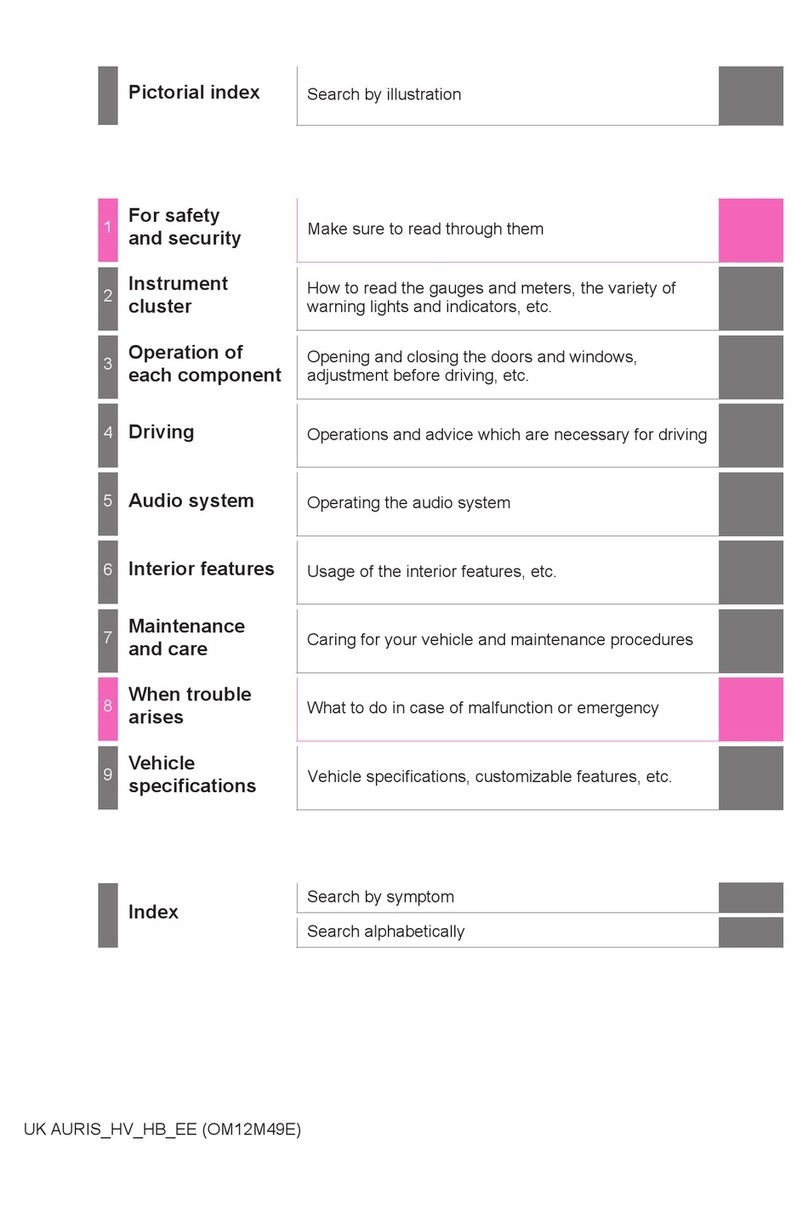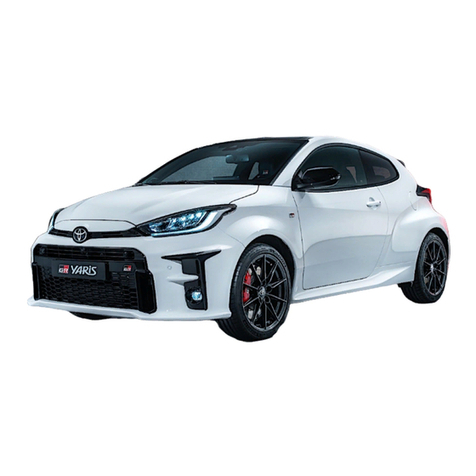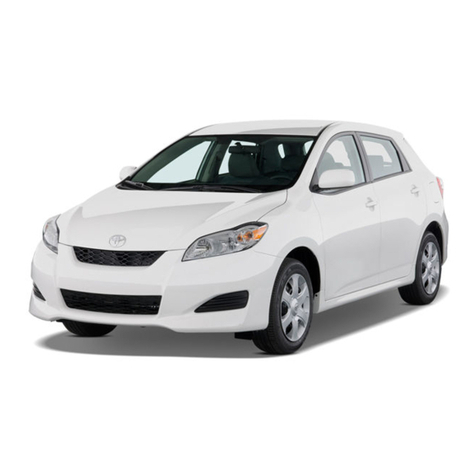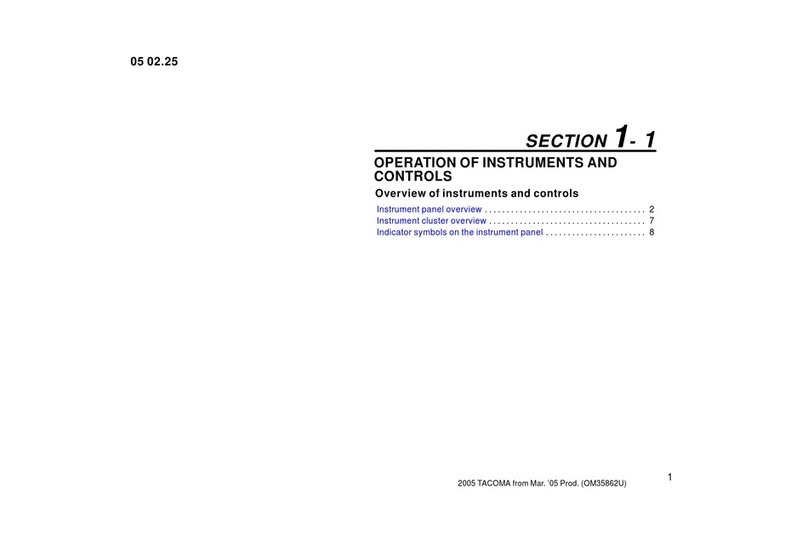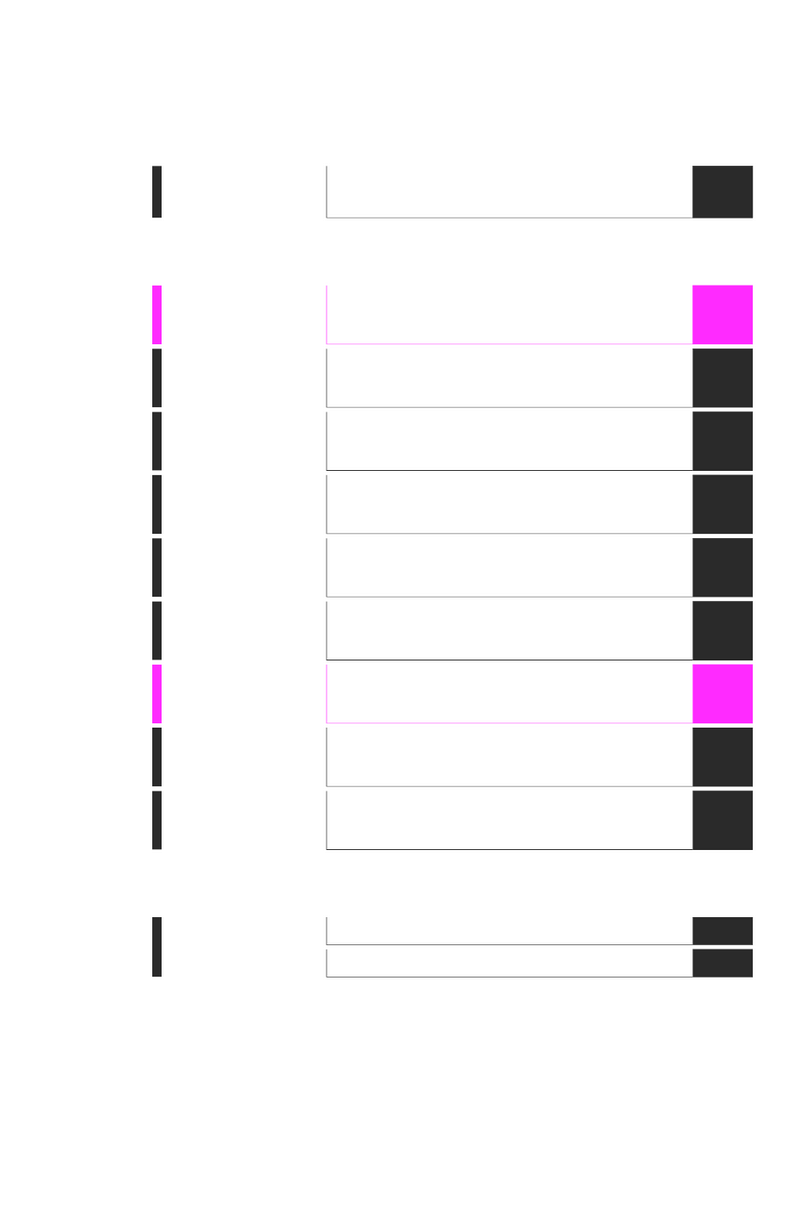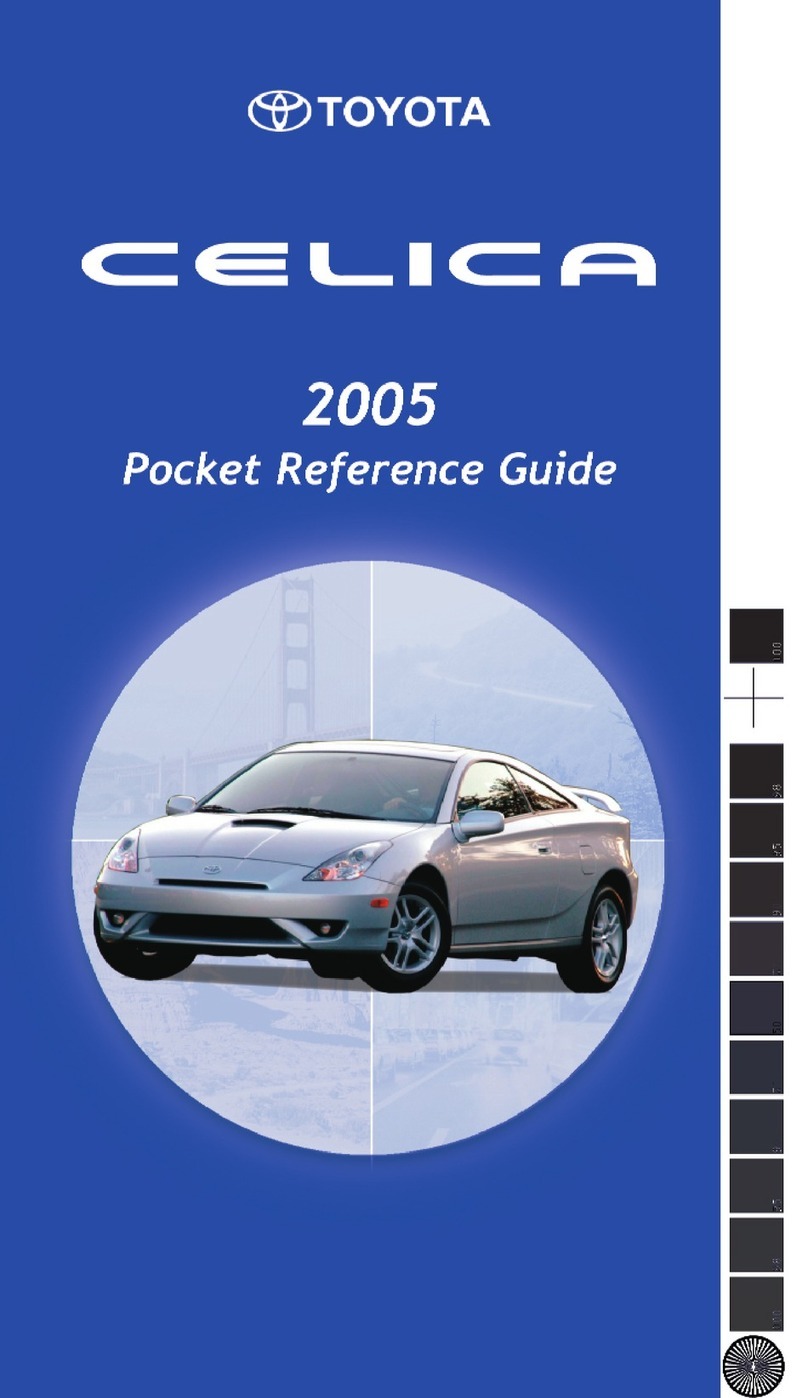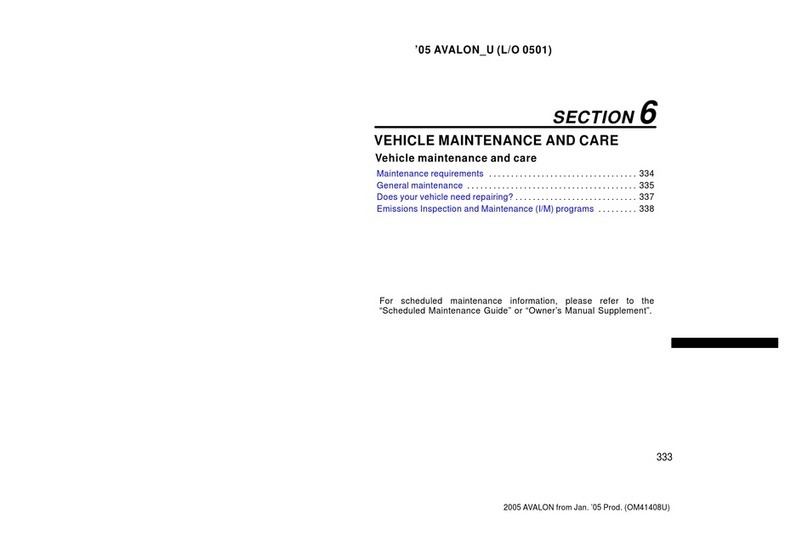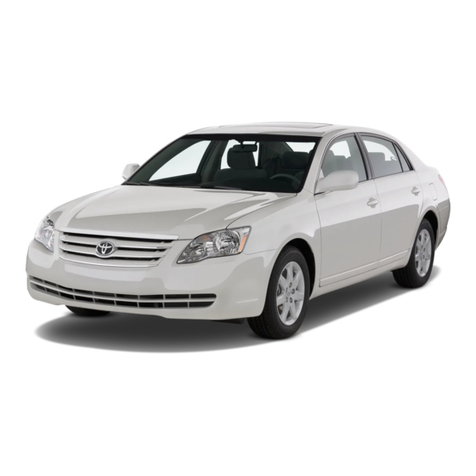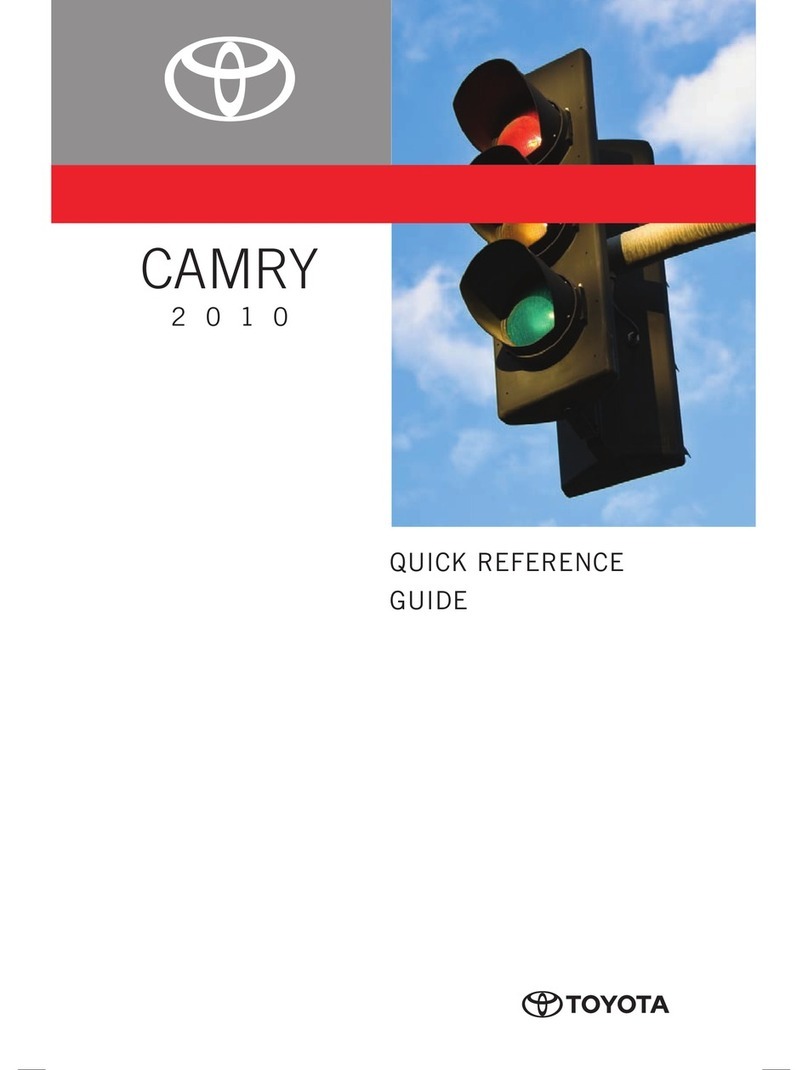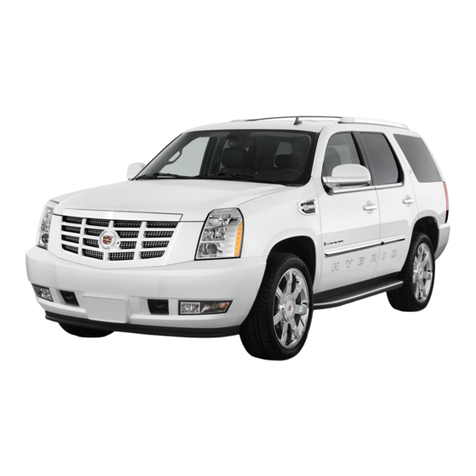
6
Hybrid Component Locations & Descriptions
Component Location Description
12-Volt Auxiliary
Battery
Luggage, RH Side Low voltage lead-acid battery that controls all
electrical equipment except electric motor generator
and inverter.
Hybrid Vehicle
(HV) Battery
Pack
Luggage, Mounted
to Cross Member &
Behind Rear Seat
201.6-Volts Nickel Metal Hydride (NiMH) battery pack
consisting of 28 low voltage (7.2-volts) modules
connected in series.
Power Cables
Under Carriage &
Engine
Compartment
Orange colored power cables carry high voltage
Direct Current (DC) between the HV battery pack and
inverter. Also carry 3 phase Alternating Current (AC)
between inverter, motor, and generator.
InverterEngine
Compartment
Converts 200V DC electricity from HV battery pack
into 500V DC electricity that drives the electric motor.
Also, converts AC from electric generator and motor
(regenerative braking) into DC that recharges HV
battery pack.
Gasoline
Engine
Engine
Compartment
Provides two functions: 1) powers vehicle; 2) powers
generator to recharge HV battery pack. Engine is
started and stopped under control of vehicle
computer.
Electric Motor
Engine
Compartment
3 Phase AC permanent magnetic electric motor
contained in transaxle. Used to power the vehicle.
Electric
Generator
Engine
Compartment
3 Phase AC generator contained in transaxle. Used to
recharge HV battery pack.
Fuel Tank
and Fuel Lines
Undercarriage, RH
Side
Fuel tank provides gasoline via a single fuel line to the
engine. The fuel line is routed along RH side under
the floor pan.
Specifications
Gasoline Engine: 1.5 liter Aluminum Alloy Engine
NorthAmerica: 57KW (76hp). Europe , Australia and others: 57KW (77PS)
Electric Motor: 50 KW (68 PS), Permanent Magnet Motor
Transmission: Automatic Only
HV Battery: 201.6-Volts Sealed NiMH
Curb Weight: NorthAmerica: 1,310 Kg (2890lbs), Europe: 1,300 kg,Australia: 1,295kg
Fuel Tank: 45 litters / 11.9 gals
Frame Material: Steel Unibody & Steel Body Panels and Aluminum engine food/back door
